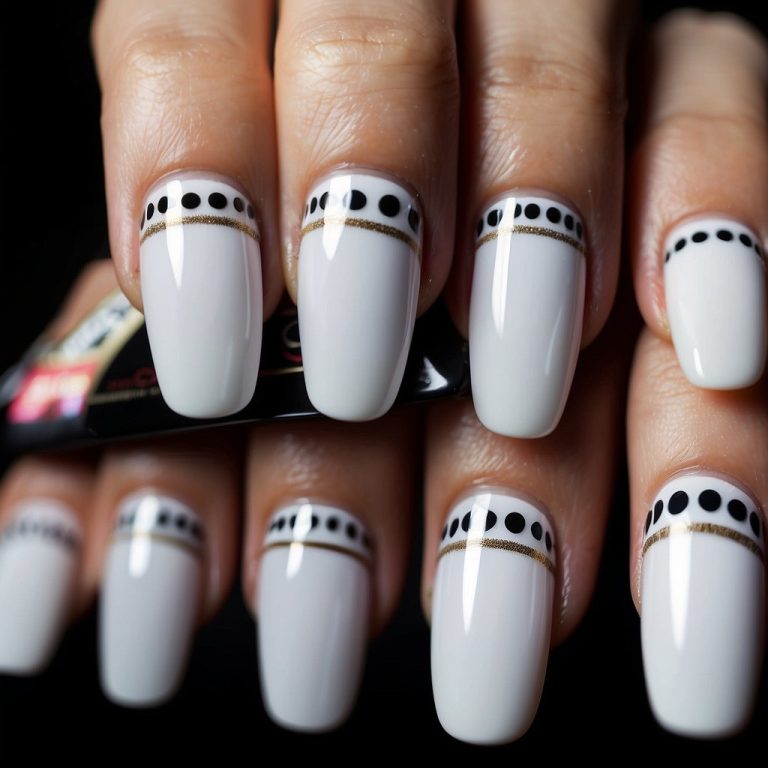For decades, “clinical skincare” lived behind counters at dermatologist offices and medical spas. The packaging looked sterile, the price tags steep, and the marketing refreshingly matter-of-fact. These weren’t products you casually tossed into a shopping cart next to mascara and body wash. They were treatments, prescriptions, and sometimes even a rite of passage for people battling stubborn skin issues.
But something has shifted. Clinical-grade serums and treatments are no longer confined to glass cabinets under fluorescent clinic lights; they’re being stacked high in Sephora displays, featured in TikTok routines, and unboxed in Instagram reels by 19-year-olds who say things like, “This retinol changed my life.” The language of dermatology—actives, acids, peptides—has seeped into the mainstream, democratizing what was once an exclusive tier of beauty care.
And yet, not everyone is celebrating.
From the Clinic to the Cart
The migration of clinical skincare into everyday retail didn’t happen overnight. Big beauty houses saw the writing on the wall: consumers were getting smarter, hungrier for results, and increasingly skeptical of fluffy promises wrapped in glitter. Glossy marketing wasn’t enough anymore. They wanted efficacy, preferably with a whiff of science.
Enter brands like SkinCeuticals, Obagi, and newer disruptors who promise dermatologist-level potency without the clinical gatekeeping. Retailers smelled opportunity. Suddenly, serums once only available through authorized medical channels appeared in mainstream shopping carts.
For the consumer, it feels empowering. That “derm office exclusivity” now lives on shelves at Ulta and in two-day shipping boxes from Amazon. The message is clear: you no longer need a specialist to access the stuff that really works.
A Double-Edged Sword
But here’s the rub: these formulas aren’t lip gloss. A 15-year-old browsing TikTok might swipe on a retinol as casually as they apply highlighter—without guidance, without context, without realizing that misuse can mean irritation, peeling, or long-term damage. Dermatologists warn that the rise of “DIY derm” culture has a shadow side.
“The concern isn’t that these products exist,” one New York–based dermatologist told me. “It’s that people are self-prescribing treatments with little understanding of their skin’s needs or tolerances. There’s a reason we used to keep these behind medical doors.”
It’s not just about misuse, either. As clinical formulations scale into mass retail, questions of quality control and brand dilution loom. Is a serum still “clinical” when it’s mass-manufactured for millions? Does efficacy get watered down to meet broader skin tolerances? Or worse, are consumers paying inflated prices for a badge of “clinical” that no longer means what it once did?
The TikTok Effect
Social media has poured gasoline on the trend. Platforms like TikTok and Instagram have turned obscure actives—azelaic acid, niacinamide, and tranexamic acid—into household names. A single viral video can empty shelves overnight, and teenagers who barely remember to wash their faces suddenly debate pH levels and molecular weights.
There’s something thrilling about this democratization. Knowledge once siloed in dermatology journals now zips through group chats and explainer videos. But the flip side is misinformation. A bad routine, stitched together from half-watched clips, can do more harm than good.
The Business of Science
The beauty industry, of course, is reveling in the clinical boom. “Science-backed” has become the new “all-natural,” and clinical credibility sells. Even legacy beauty brands are pivoting hard, repackaging products with pseudo-clinical names, sterile fonts, and minimalist white bottles that signal seriousness.
The irony? Many of these so-called “clinical” lines aren’t meaningfully different from their cosmetic counterparts, beyond branding. The average shopper, armed with a pocketful of jargon but not the training to parse ingredient lists, can’t easily tell the difference. And so the market thrives on blurred lines.
Where Do We Go From Here?
The mainstreaming of clinical skincare isn’t going anywhere. Consumers have had a taste of efficacy, and they’re unlikely to go back to vague promises of “radiance.” But the cultural tug-of-war between access and expertise is just beginning.
Dermatologists will keep warning about misuse. Brands will keep cashing in on “derm-grade” appeal. And somewhere in the middle, consumers will have to navigate an increasingly complex skincare aisle where science and marketing are inextricably tangled.
For now, the clinic has come to the mall. The question is whether the mall is ready for the clinic.


